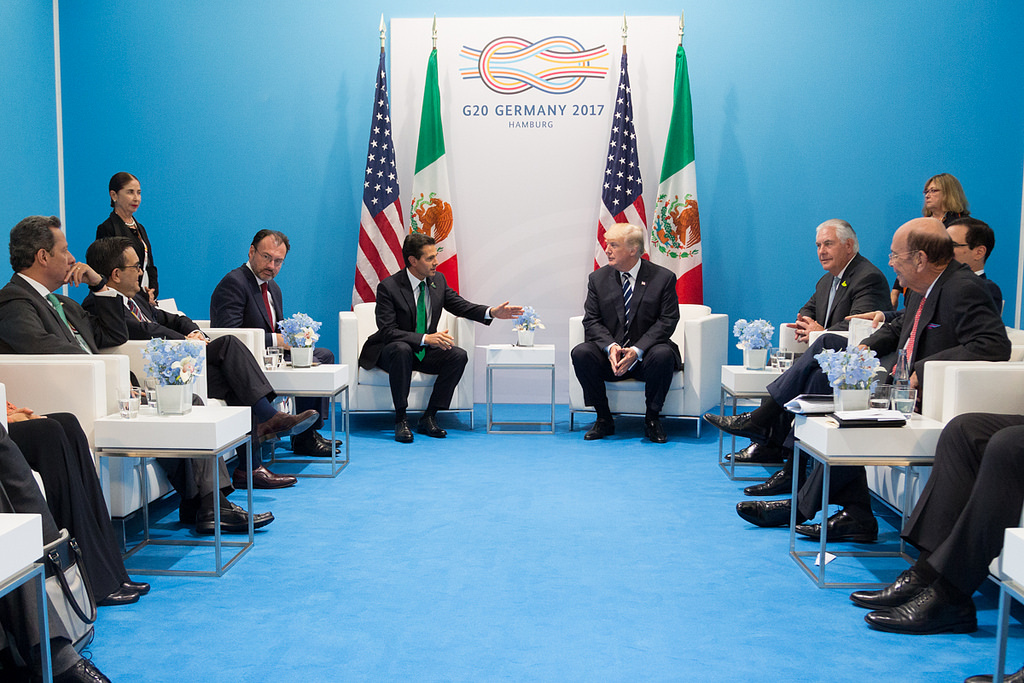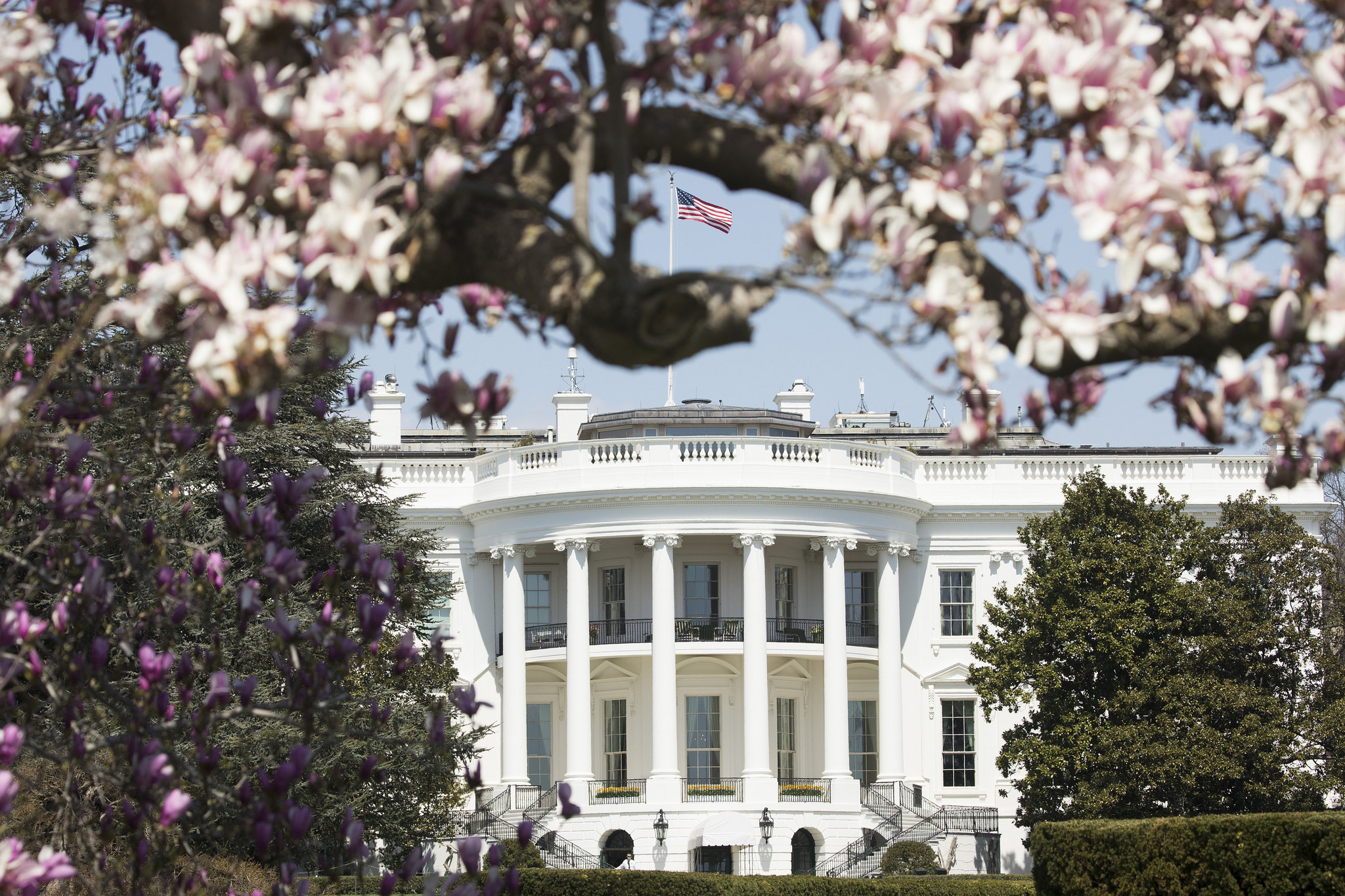Guest post by Peter Krause and Ehud Eiran.
State-led attempts to expand their territory are becoming less and less likely to succeed. While over 80 percent of interstate conflicts from 1648 to 1945 resulted in territorial redistribution, just 30 percent of such conflicts did so from 1946 to 2000. Nonetheless, as we explain in a new article in the journal Comparative Politics, borders within and between states still change. Rather than state-led mass military invasion of foreign lands populated by foreign peoples, non-state actors increasingly lead the way, altering demographic facts on the ground to help supportive states turn norms on conquest and self-determination from obstacles into assets. In this fashion, human boundaries become state borders.
Whether Russia in Crimea, China and its neighbors in the South China Sea, Pakistan and India in Kashmir, or votes for independence by the Kurds in Iraq and the Catalans in Spain, the world’s biggest simmering conflicts are all variations on this common theme: they represent efforts to alter the boundaries of states’ autonomy and control. The Israeli settlement movement is far from unique in that 40 percent of conflicts in the Middle East since 1945 have involved the strategic movement of civilians into or out of disputed territories, from Morocco in Western Sahara to the recent conflicts in Iraq, Syria, and Yemen. States increasingly use ‘fait accompli’ tactics of non-state actors and altering facts on the ground rather than of conventional military conquest, such as when Russia deploys troops disguised as “pro-Russian rebels,” Han Chinese civilians are settled in the volatile regions of Tibet and Xinjiang, and China creates the ground itself by building islands in the disputed South China Sea.
Why Non-State Actors Drive Changes in State Borders Today
Modern territorial expansion faces three significant constraints: 1) norms of “border fixity” that aim to preserve the status quo; 2) norms of self-determination that seek to reverse foreign conquest; and 3) the high costs of compelling territorial change, which are especially daunting in light of the decreased economic benefits of conquest. State-led attempts to expand territory often entail conspicuous, offensive conquest to compel change in the status quo—such as Saddam Hussein’s 1990 invasion of Kuwait—which generates legal and military backlash from the international community and therefore decreases the likelihood of altered borders.
In contrast, small non-state groups are better able to quietly alter the demographic facts on the ground in disputed areas, just as the Israeli hilltop youth build small settlements in the West Bank largely unknown to international observers. This allows a state—or sympathetic politicians within it—to later defend a “status quo” that has shifted in its favor while maintaining plausible deniability due to the group’s private status. The very presence of co-nationals in disputed territory shifts the framing of a state’s actions from offensive conquest of foreigners driven by pure self-interest to defensive irredentism or secession in support of the self-determination of co-ethnics. Third, the presence of non-state groups on disputed territory shifts the challenge from one of compelling change in territorial control to deterring it, an easier task.
How Non-State Actors Have Altered Borders in the Israeli-Palestinian Conflict
In our article, we discovered that there have been 123 “Bottom-Up” settlements initiated by Israeli non-state groups in the West Bank, as compared to 106 “Top-Down” settlements initiated by the Israeli state. These Bottom-Up settlements, in which construction and inhabitance preceded authorization and state presence, were built first in 7 of 10 West Bank districts, 31% further away from the Green Line (and deeper into the West Bank), and on 78% more private Palestinian land.
Although these Bottom-Up settlements were not initially authorized by the Israeli state, many have been defended and sanctioned post hoc. Furthermore, negotiations with Palestinian leadership and the US government reveal a trend towards greater acceptance of many settlements in any final deal because of the logistical difficulty of moving half a million settlers from their homes. Israel’s Supreme Court is currently reviewing a law passed in 2017 by the Knesset that would retroactively authorize thousands of homes built on private Palestinian land in 16 settlements. The Trump administration seems set to implicitly endorse these changes in its forthcoming “peace plan,” which may be unveiled later this summer. In one of the most intense and long-running territorial disputes in the world, human boundaries become state borders.
Magnifying Glasses over Press Conferences: Predicting the Future of Territorial Conflict
To assess and address conflicts, policymakers and the media tend to focus on summits between state actors to maintain the “status quo.” Whether trying to predict or prevent territorial disputes and border shifts, understanding how and why the “status quo” is being constantly redefined by non-state actors in the gray zones of state sovereignty is the key to understanding and resolving territorial conflicts in the 21st century. State recognition of territorial changes may still represent the final step to formal sovereignty and freshly (re)drawn maps, but the real struggle for territorial control happens long before at the local level. Ironically, non-state actors increasingly drive the dynamics and outcomes of territorial disputes because of the significant constraints states have placed on each other in the international arena. Absent a significant shift in norms or capabilities, we expect state boundaries to move with human boundaries into the foreseeable future.
Peter Krause is Associate Professor of Political Science at Boston College and Research Affiliate in the MIT Security Studies Program. He is the author of Rebel Power: Why National Movements Compete, Fight, and Win. Ehud Eiran is Assistant Professor in the Department of International Relations, University of Haifa. He is the author of Post-Colonial Settlement Strategy (forthcoming 2019).






